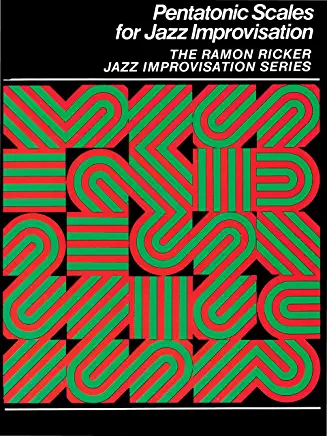Do you get dé- jà vu when she's with you?
A-Major Pentatonic Line in Olivia Rodrigo's Déjà Vu
Friday, April 23, 2021
The pentatonic scale can wear a lot of hats, and an interesting melody will take advantage of more than one of them. In Olivia Rodrigo's Déjà Vu, the pentatonic scale is used to span harmonic transitions between A Major and F# Minor. This technique works well in this song as well as in "Drivers License" for Bb Major and G Minor.
This line in particular does an excellent job of spanning the octave from E to E and emphasizing the lyric line. It serves as a good example of how to use repeated notes to make an ascending scalar pattern more interesting. Instead of heading straight up the A Major pentatonic scale, this line pauses its ascension to repeat the notes of the A Major triad A and C#. The line peaks at the final note of the A Major triad, E.
Circle of Fifths Excercise
This exercise takes the full measure of the Deja Vu line and applies it to all 12 minor keys. It's good practice to vary the rhythm of patterns like this. Try to incorporate triplets, swing and dotted rhythms, and rests as well. This will keep your application of this pattern more flexible and your mind a bit sharper and more creative when this pattern makes its way into your playing.
Another example of the versatility of the pentatonic scale is the descending minor hit in Uptown Funk. In contrast to the staccato brass in that line, this one is much smoother and more melodic due to the vocal inflections and backing instrumentation on the recording.
For a better understanding of how, when, and why to use the pentatonic scales, try Pentatonic Scales for Jazz Improvisation. Used by musicians and music teachers for over 20 years, it illustrates the theory underlying the use of the pentatonic scale in music. It also contains transcribed solos and exercises to help improve any musician's technique.
